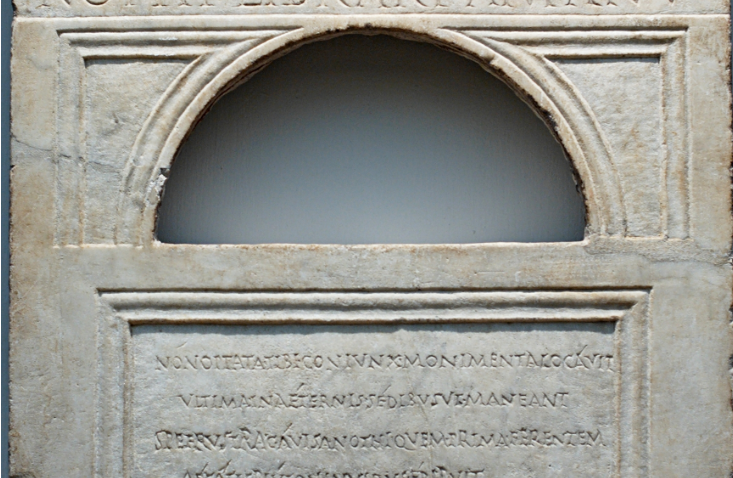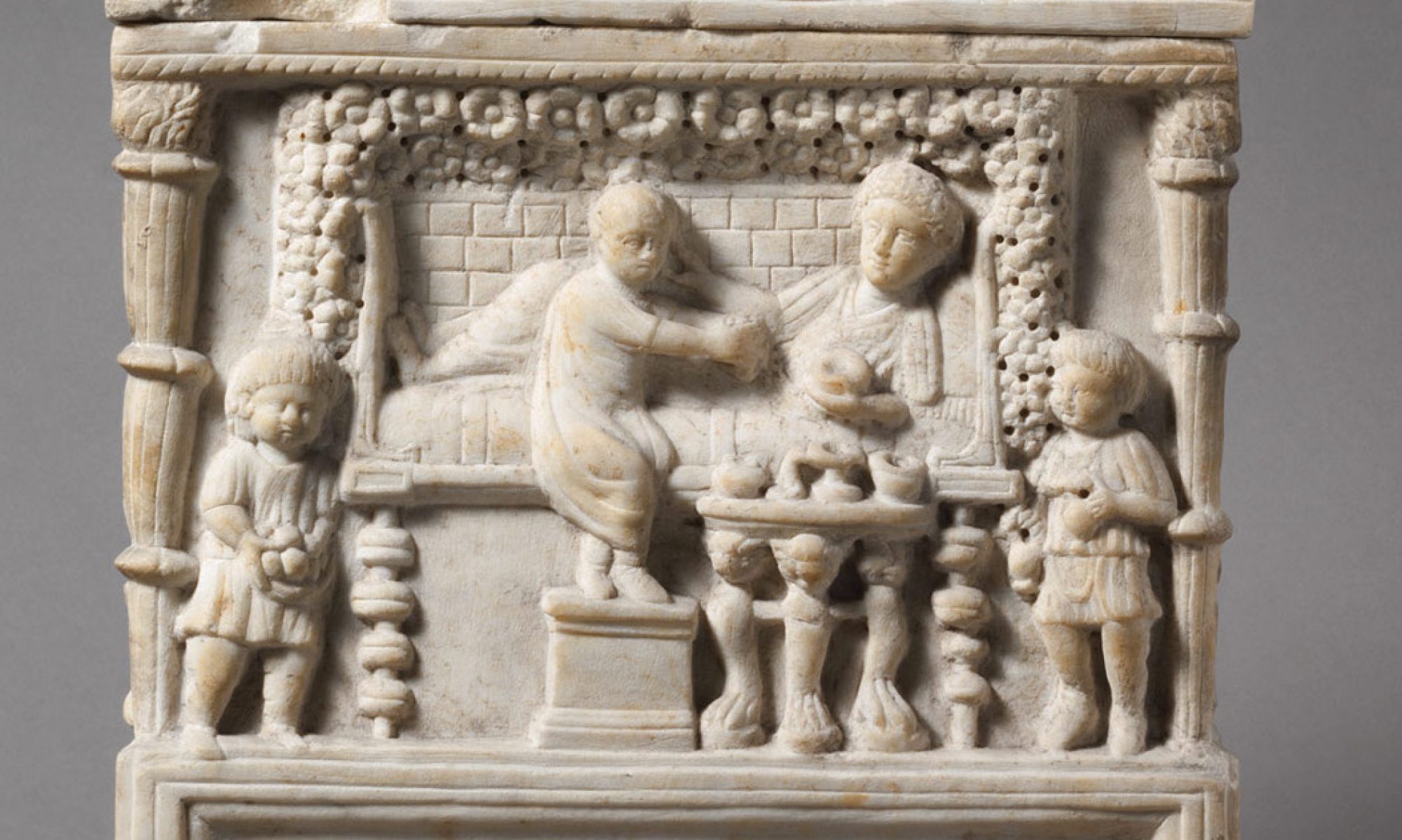For the sake of consistency, this project will use the term “urns” for the remainder of online content in reference to marble cineraria of all forms. The most frequently seen forms of these urns are those made to resemble or function as altars, chests, and vases. Marble urns are often overlooked in scholarship, having been classified as separate types of monuments (i.e. altars) based only on form when in fact they still functioned as cinerary vessels to contain cremated remains. This is especially evident with the divisions between the two primary texts on cinerary monuments, Sinn’s Stadtrömische Marmorurnen (1987) and Dietrich Boschung’s Antike Grabaltäre aus den Nekropolen Roms (1987). When cineraria do appear in recent scholarship, they are used predominately as evidence for arguments on issues of inscriptions or iconography, such as use of the Totenmahl banquet motif or depictions of children and slaves.
The following table shows some of the different terms used of cineraria, although there is not intended to be a 1:1 translated correspondence for each language column.
|
English |
German
|
Latin
|
Following in the footsteps of these two seminal catalogues, this project offers a synthetic assessment of imperial marble cinerary monuments combining the varied forms into one study. I eventually will upload a spreadsheet here cataloguing urns included in this study along with their locations, inventory numbers, inscriptions, and metadata.
Throughout the project I apply new numbers to each cinerarium but cite the catalogue number from these earlier works (e.g., Sinn 1 or Boschung 550); however, additional data associated with those numbers (e.g., date within the relative chronology established by Sinn) are not intended to be reflected in their number/position in this project. Also included are cineraria lids which have been separated over time and marble kline monuments, which sometimes have recesses either for cremated remains to be deposited directly and then covered with a lid or for a separate cinerary urn to be inserted. I include in discussion where relevant marble offering tables and marble columbaria covers, such as that of Nothus Librarus Amanu. These miscellaneous marble works were made by the same or similar sculptors. They accordingly demonstrate well some of the same techniques and processes used to make and decorate cinerary urns.

Although cinerary urns made in terracotta, glass, lead, tufa, and various colored stones were widely used, especially among slaves and freedmen, marble cinerary urns are special because they exhibit a wide range of sculpted decoration that is absent from those urns made in other materials.
